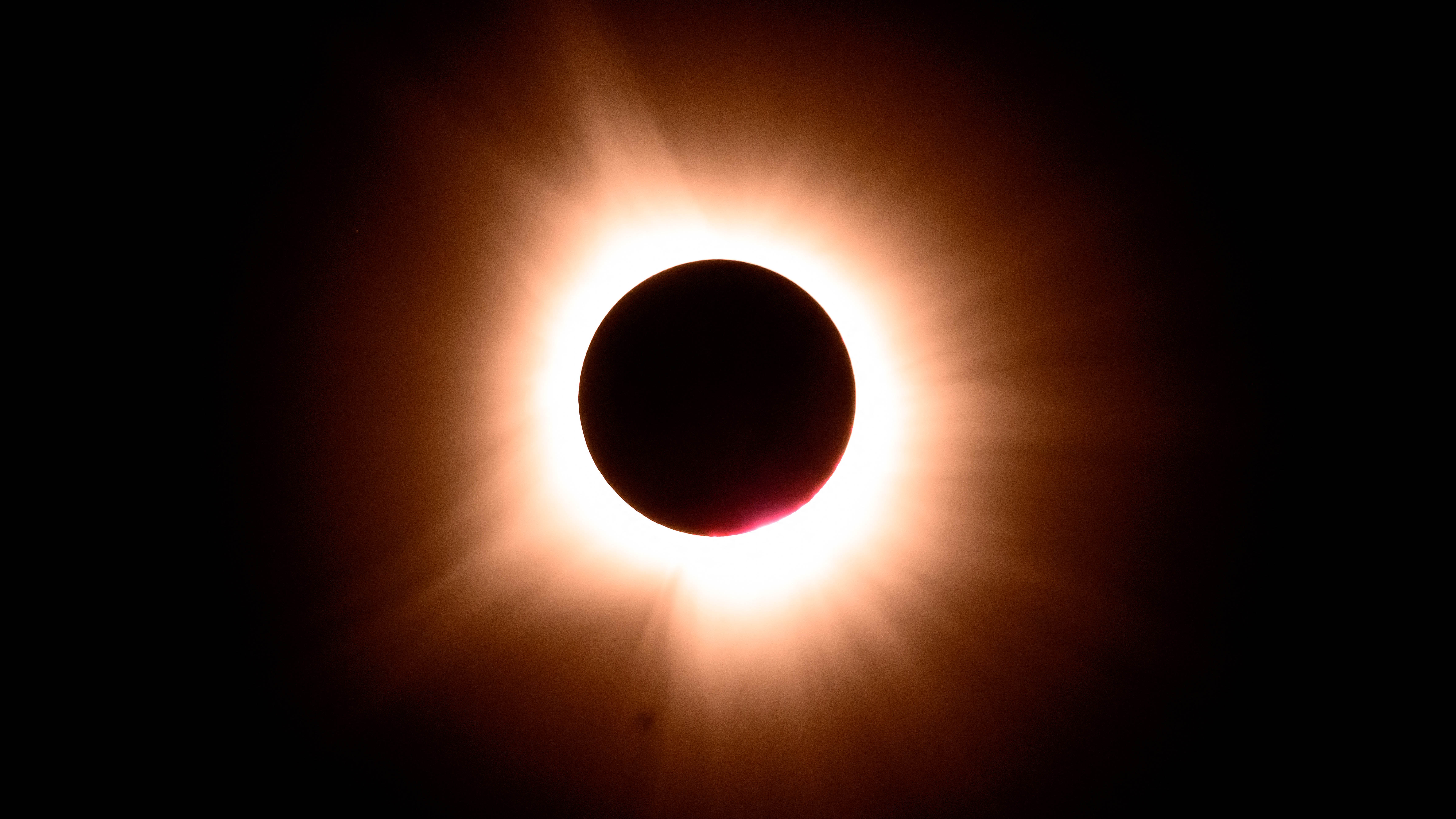
We explain what causes and eclipse, and we explain everything you need to know about the April 8th eclipse. For more eclipse news, click here: https://www.nbclosangeles.com/?s=eclipse
———
Don’t miss an NBCLA video, subscribe here: https://bit.ly/2NnofFF
For more, visit NBCLA.COM here: https://bit.ly/2uB6niE
Download our app: https://nbclosangeles.app.link/LY6vJPoKKHb
On Facebook: https://bit.ly/2uFU1px
On X, formerly known as Twitter: https://bit.ly/2JsBm5Y
About NBCLA
The West Coast flagship station of the NBCUniversal Owned Television Stations, serving the vast region since 1949. NBC4 produces 43 hours each week of local news and weather, and the station features the largest award-winning investigative unit in Southern California. NBC4’s news operation has received nearly every industry award bestowed on local news, including numerous Los Angeles Emmy and Golden Mike Awards, two national and two regional Edward R. Murrow Awards, and a Peabody Award. NBC4 news is delivered across the main broadcast on channel 4, at www.nbcla.com, and through multiple interactive social media platforms 24/7. The NBC Owned Television Stations, a division of NBCUniversal, also operates COZI TV (www.cozitv.com), a national network that brings viewers some of America’s most beloved and iconic television shows and movies.
#NBC #NBCLA
The rare event of a total solar eclipse will darken skies along a 115-mile-wide path across North America today, but southern California will see only a partial eclipse.
The total eclipse, where the moon fully blocks the light of the sun for several minutes, will make landfall along Mexico's Pacific coast and cross into Texas and 14 other U.S. states, before exiting over Canada. Elsewhere in North America, including Los Angeles, there will be a partial eclipse.
The moon will shroud the sun for up to 4 minutes, 28 seconds. The celestial event is expected to draw millions of people to cities and towns in its path.
Get top local stories in Southern California delivered to you every morning. Sign up for NBC LA's News Headlines newsletter.
Griffith Observatory will host a live online broadcast from Belton, Texas, from 10 a.m. to 1 p.m. Monday. A maximum partial eclipse in Los Angeles is expected at 11:12 a.m., with the moon expected to cover 57% of the sun's diameter and 49% of the sun's area, according to observatory officials.
The observatory will not host an in-person viewing event. However, Cal State Long Beach's Department of Physics and Astronomy will have a viewing event starting at 10 a.m. on the campus' upper quad. Eclipse safety glasses and access to solar telescopes will be available, according to the school.
Griffith Observatory officials cautioned that it's essential to wear proper eye protection when looking at the sun. The eclipse is only safe to witness with the naked eye during totality, or the period of total darkness when the moon completely covers the sun, officials said.
"We encourage everyone to purchase eclipse glasses or Solarama devices ... at the Observatory's Stellar Emporium book store and to watch the partial eclipse in Los Angeles from home,'' observatory officials said in a statement.
The Los Angeles County Department of Public Health also reminded residents to take necessary precautions while viewing the eclipse.
"As we anticipate viewing the solar eclipse, I urge everyone to prioritize their eye safety,'' County Public Health Director Barbara Ferrer said in a statement. "The sun's powerful rays can cause serious eye damage if you look directly at it during an eclipse. By following simple precautions and using certified eclipse glasses and avoiding direct sun gazing, we can safely
enjoy this amazing natural phenomenon."
The health department released the following guidelines:
- Do not look directly at the sun;
- Do not use sunglasses, binoculars, or telescopes;
- Always supervise children using solar viewers;
- Use a pinhole viewer to view the eclipse indirectly without looking at the sun; and
- Wear eclipse glasses, or solar viewers, with certified solar filters and ensure lenses are in good condition
Free eclipse glasses are available at select Los Angeles public libraries, and several libraries will host solar eclipse events.
A list of participating libraries can be found HERE:
The next partial eclipse visible in the Los Angeles area will be on Jan. 14, 2029. The U.S. won't see another total eclipse until 2044.



